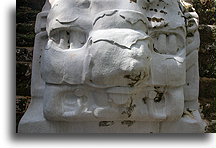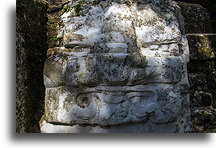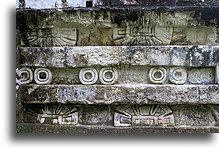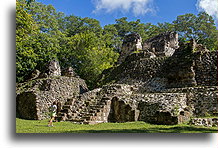
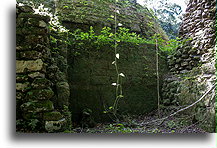
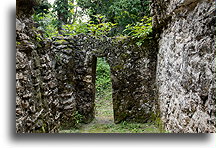
Throughout most of its history, Uaxactun in present-day Guatemala has been closely associated with its large neighbor Tikal. Like many cities in the Peten region, Uaxactun collaborated, was in an alliance, and even became a vassal of Tikal. The time Tikal florescence, Uaxactun had similar trends in the architecture and expansion of the city. At the end of the Classic period, both cities were abandoned around the same time.
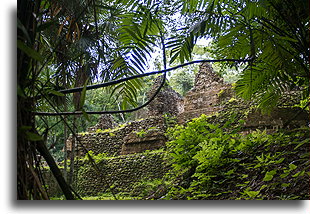
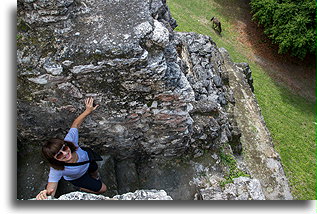
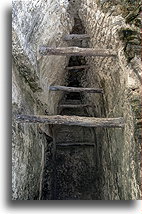
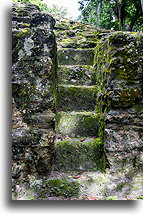
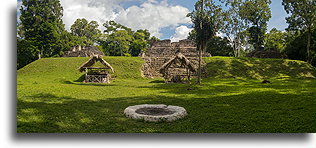
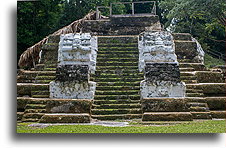
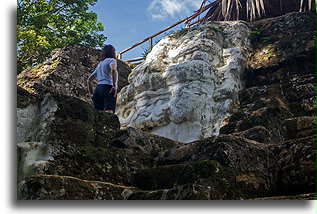
There is another important aspect of an external influence. In AD 378, non-Maya warlord referenced in Maya scripts as Siyaj Kʼakʼ or Fire is Born, invaded Tikal and became a king of Uaxactun. The old ruler and his family were sacrificed. New king introduced radical changes and the city was remodeled. Fire is Born was closely assorted with the distant Teotihuacan. Ties with a powerful city in the Valley of Mexico, 1300 km/ 800 miles away are not fully understood yet, but when Teotihuacan declined the 7th century, Tikal, Uaxactun and other cities in the Peten region experienced stagnation and lack of architectural activity.
